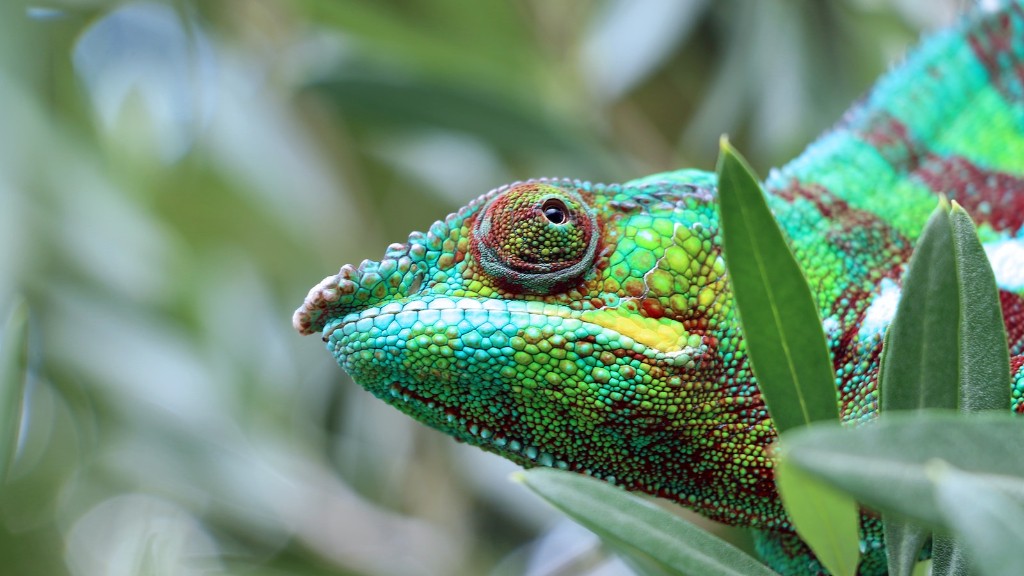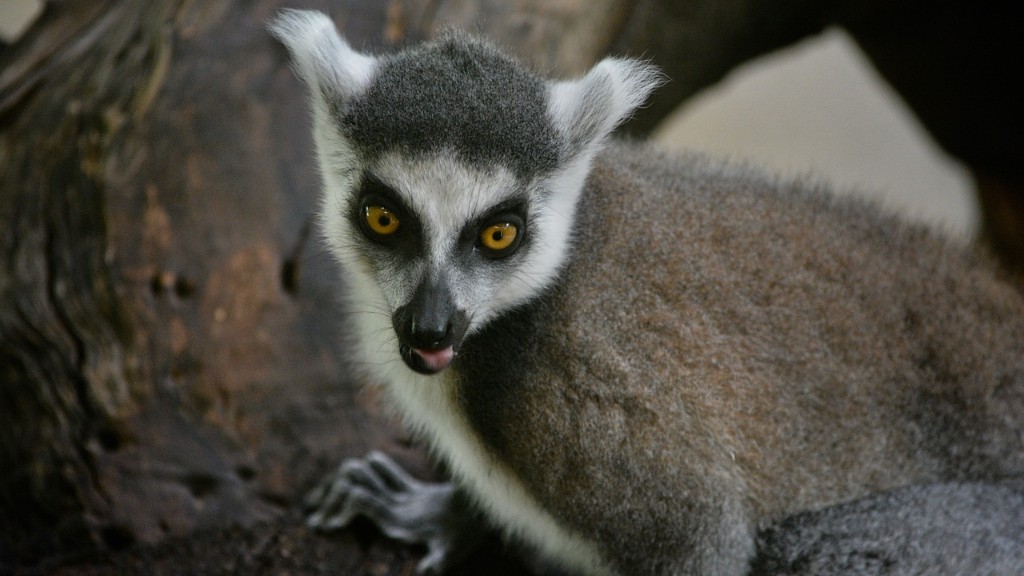How many endemic endangered species are there in Madagascar?
Madagascar, the fourth-largest island in the world, is renowned for its remarkable biodiversity. Located off the eastern coast of Africa, this tropical paradise is home to a vast array of unique plant and animal species found nowhere else on the planet. Unfortunately, many of these species are currently facing the threat of extinction, making Madagascar one of the world’s most critical conservation priorities.
According to the International Union for Conservation of Nature (IUCN), Madagascar is home to more than 100,000 species, 90% of which are found nowhere else in the world. This extraordinary level of endemism is primarily due to Madagascar’s long history of geographic isolation. Over the course of millions of years, its separation from mainland Africa allowed for the evolution of distinct flora and fauna.
However, this natural wonderland is under immense pressure. Habitat loss, deforestation, and illegal wildlife trade pose significant threats to Madagascar’s endemic species. Of particular concern are the lemurs, Madagascar’s most iconic animals. With more than 100 known lemur species, all of which are endemic to the island, these charismatic primates are highly vulnerable to extinction.
Experts estimate that approximately 94% of lemurs are at risk of disappearing forever. As agricultural expansion, logging, and mining continue to encroach upon their habitats, lemurs face the constant struggle for survival. Alarmingly, 23 species of lemurs are critically endangered, including the Madame Berthe’s mouse lemur, the Aye-aye, and the Greater Bamboo lemur.
The situation is equally dire for numerous other endangered species in Madagascar, ranging from reptiles and amphibians to birds and plants. The Ploughshare tortoise, for example, is critically endangered and is found only in a small region in northwestern Madagascar. There are less than 500 individuals remaining in the wild, primarily due to poaching and the illegal pet trade.
Conservation efforts by local organizations, international NGOs, and dedicated individuals are crucial to protect Madagascar’s unique biodiversity. Several initiatives are underway to establish national parks and protected areas, enhance community-based conservation projects, and raise awareness about the importance of preserving these remarkable species.
Given the complexity and urgency of the conservation challenges in Madagascar, addressing the root causes of habitat destruction and implementing sustainable practices is paramount. It requires a multi-faceted approach that involves balancing the needs of local communities, promoting eco-tourism, and integrating scientific research into conservation strategies.
Effects of Climate Change on Endemic Species
Climate change is an additional threat to Madagascar’s endemic species. Rising temperatures, changing rainfall patterns, and increased frequency of extreme weather events can disrupt the delicate ecosystems on the island. In recent years, scientists have observed shifts in the distribution of certain species, as well as changes in breeding and migration patterns.
The rise in sea levels poses a significant risk to coastal species, such as marine turtles and seabirds, whose nesting grounds could be submerged. Moreover, the reduced availability of freshwater sources due to droughts can impact the survival of several endemic amphibians and reptiles.
While the exact extent of these effects is still being determined, it is crucial to consider climate change in conservation planning and adaptation strategies. This includes establishing protected areas that span different elevations and incorporating climate resilience into habitat restoration programs.
Conservation Initiatives in Madagascar
A number of organizations are actively involved in conserving Madagascar’s endangered species. The Durrell Wildlife Conservation Trust, for instance, focuses on protecting lemurs through field research, habitat restoration, and community education. Other initiatives, such as the Madagascar Biodiversity Partnership and World Wildlife Fund (WWF), work towards safeguarding various endemic species and their habitats.
The government of Madagascar has also made commitments to conservation, establishing protected areas such as Marojejy National Park and Masoala National Park. These protected areas provide vital sanctuaries for numerous endemic species, allowing for their protection and the implementation of sustainable tourism practices.
Local communities play a crucial role in conservation efforts. By supporting community-led initiatives that promote sustainable livelihoods and involve local residents in decision-making processes, the long-term conservation of Madagascar’s biodiversity can be achieved.
Challenges and the Way Forward
Despite the ongoing conservation efforts, numerous challenges remain in protecting Madagascar’s endemic species. The lack of resources, capacity, and funding, along with the pervasive poverty in Madagascar, make it difficult to implement large-scale conservation projects.
Addressing these challenges requires a comprehensive approach that incorporates research, education, capacity building, and policy reforms. International collaboration and support, alongside the involvement and empowerment of local communities, are essential for the future success of conservation initiatives.
In conclusion, Madagascar’s incredible wealth of endemic species is at great risk of disappearing forever. Urgent action is needed to address the threats facing these fragile ecosystems and ensure the long-term survival of Madagascar’s unique and irreplaceable biodiversity. By implementing sustainable practices, raising awareness, and supporting local communities, we can strive to protect these remarkable species and preserve the natural heritage of this extraordinary island.




